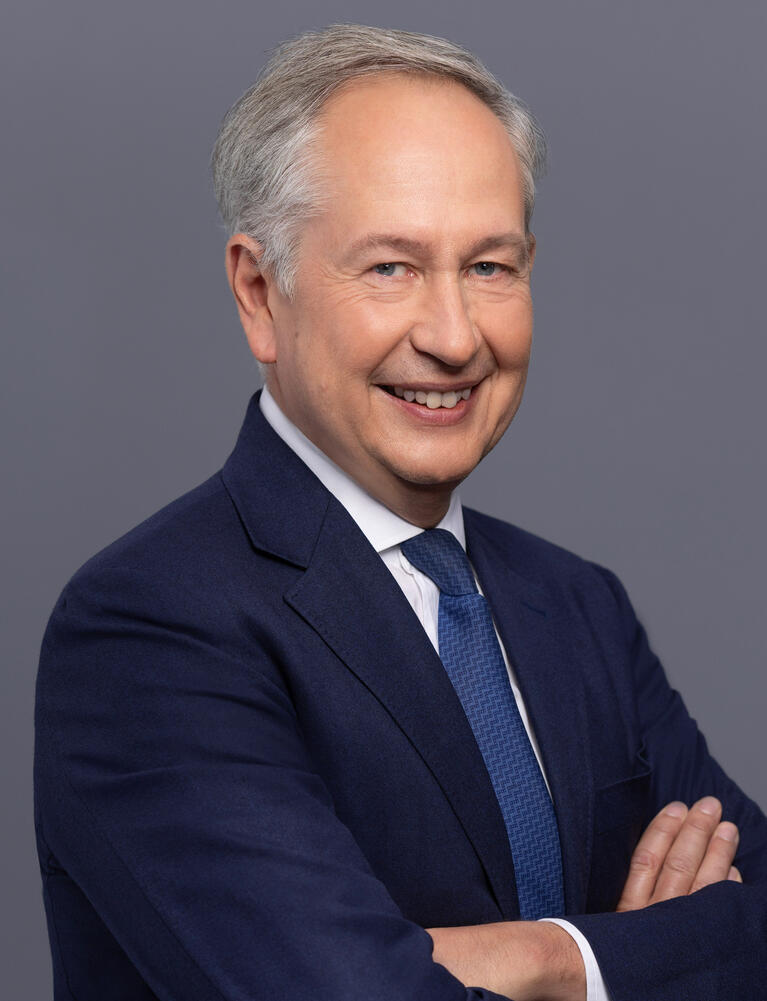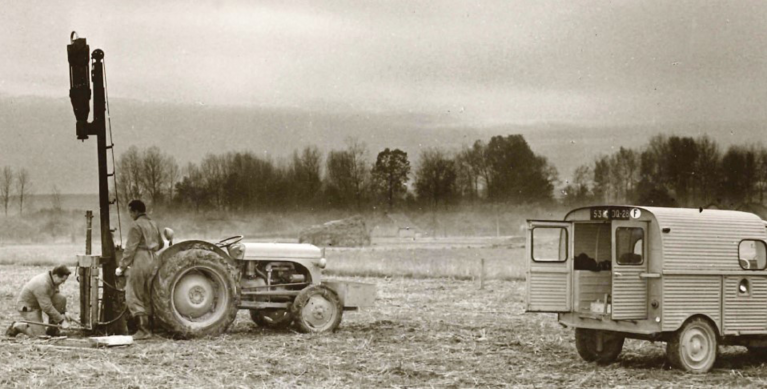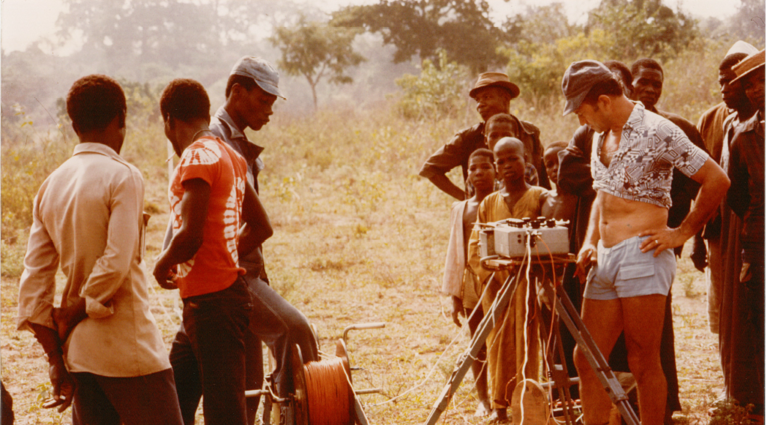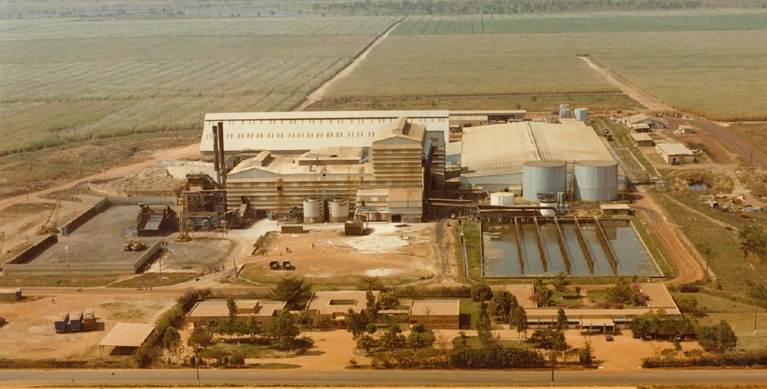History and trajectory
Ginger draws its roots from more than 90 years of engineering. A number of companies have joined the Group, bringing their own history, human resources and technical expertise. Our Group is constantly evolving, but it retains its DNA: a pioneering, forward-thinking spirit, close proximity to the field, research and innovation, and technical excellence.


_A few words from the Group’s Chairman and the Managing Director

The challenges facing the world today, as well as the ones of the past – climate change, water management, natural resources, waste and overpopulation – are forcing us to question ourselves and to adapt our solutions accordingly. Let's take advantage of the feedback to continue to make progress.

We feel honoured to have been part of this adventure for 90 years, and we remember and pay tribute to all the people who have helped shape Ginger, both in the past and in the present. After our anniversary in 2023, we came away from the event with an even greater desire to continue the adventure that is the Ginger Group.
_A history of being avant-garde, audacious and dynamic
Throughout the ages, iconic figures have paved the way, embodying the spirit of innovation that defines the Ginger Group. The pioneers of the 1930s-1950s and the avant-garde builders of the 1970s not only shaped the Group's history, but also contributed in their own way to shaping the world as we know it.
Ginger CEBTP
In 1933, at a time when the construction industry was booming, SMABTP and the Sécuritas office took the initiative of setting up a Testing and Research Laboratory for the building and public works professions, thereby laying the foundations for the future CEBTP. The new entity was inaugurated on 21 June 1935 by French President Édouard Herriot. It was first and foremost a laboratory for testing construction materials, spearheaded by concrete (a totally new subject). It soon came under the aegis of the French Building Federation. In 1953, the association was renamed the Experimental Centre for Building and Public Works Studies (“Centre Expérimental et d'Études du Bâtiment et des Travaux Publics – CEBTP”). In the following years, CEBTP decentralised to the provinces, with a laboratory in each region of France. CEBTP became a pioneer in reinforced concrete, prestressing, soil testing, materials chemistry and certification. CEBTP worked on all of the largest structures, including the pyramids.

Ginger BURGEAP
This audacious spirit defines BURGEAP, founded in 1947 and worked in the field of groundwater, particularly in Africa. After years of development in Africa, BURGEAP anticipated the principles of sustainable development by integrating social issues into drinking water supply projects. BURGEAP then turned to environmental issues, initiating an awareness of pollution, and new business lines were developed, such as contaminated sites and soils.

Ginger SOFRECO
In 1976, the creation of the Borotou complex was SOFRECO's first contract – a vast project involving six sugar factories. At the time, avant-garde meant true innovation in approaching the project, for example with cogeneration, the use of by-products from extracting sugar from sugar cane to produce energy, needed not only to power the factory and the plantations' irrigation network, but also to sell it to the national grid.

ABS Group
In 1993, Daniel Mercier, a young civil engineering graduate, founded Laboratoire A.B.S., a laboratory specializing in materials engineering, laying the foundations for what was to become ABS. Working alone in the early days, he developed an approach combining technical expertise and customer service, while acquiring complete mastery of all aspects of the business. From 1998 to 2020, the company expanded its areas of expertise to include additional fields such as geotechnics, environment, metallurgy, geophysics and building science. By offering integrated soil and materials engineering services, ABS competes with the largest consulting engineering firms in Quebec and contributes to the most important structuring projects at the province-wide level. Since 2023, the firm has continued to grow by developing its services in the province of Ontario. Today, ABS has almost 700 employees in 12 offices and is recognized for its technical expertise.

HPC
The roots of HPC go back to 1948. At a time of technical change and increasing environmental awareness, the offices of Dr. Müller in Harburg and Dr. Pickel in Kassel were founded. The first decades were characterized by growth and sometimes by changing shareholder structures. No matter how challenging times are, HPC’s strength runs through its entire history characterized by self-determination, customer proximity and the quality standards of a company in which every individual counts.

